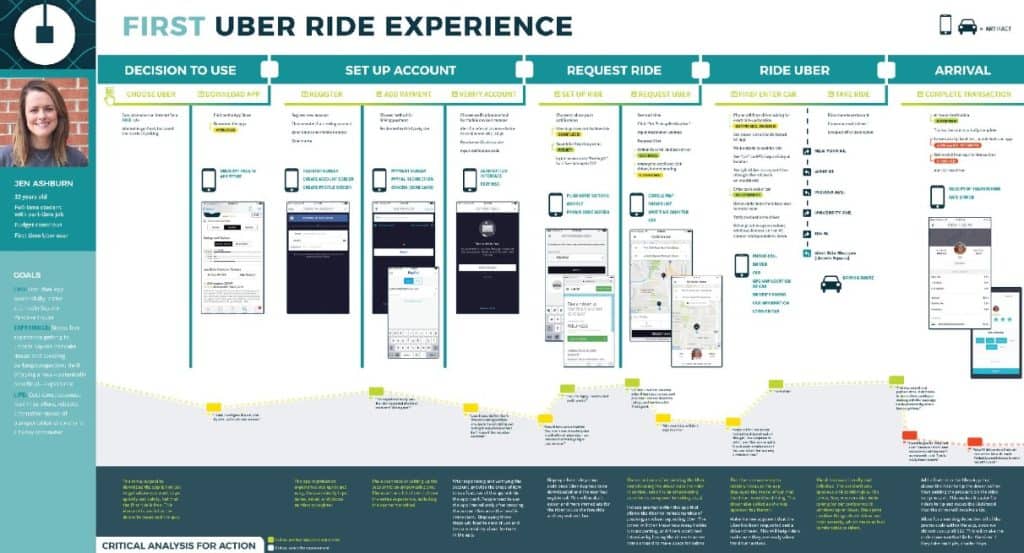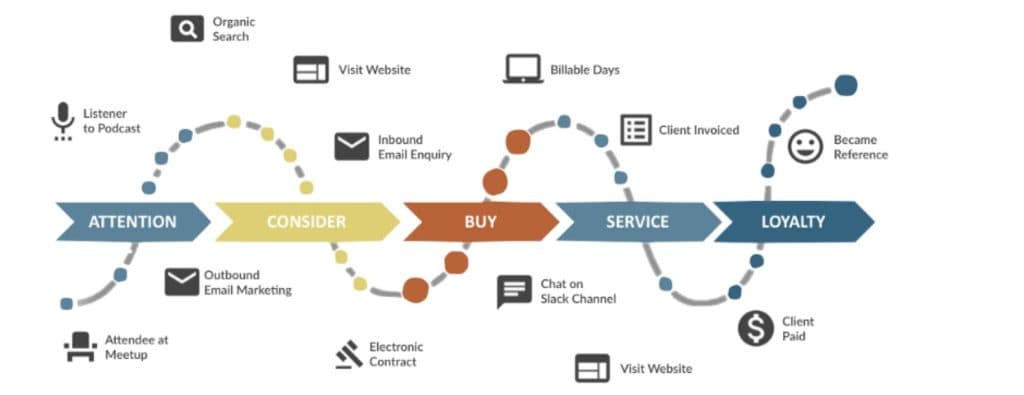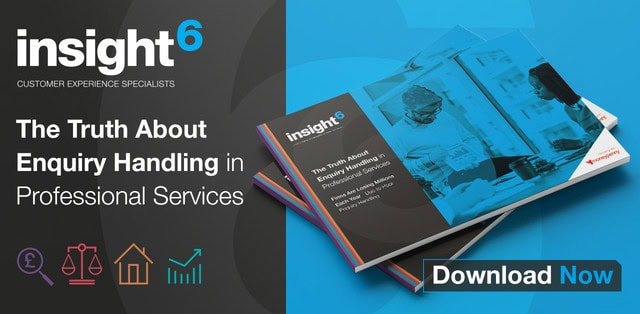Your customer’s journey, from the starting point when they make the decision to reach out to your business right up to the resolution of the matter, is trackable. You can trace their steps to identify weak areas in your Customer Experience (CX). Through ‘journey mapping’, you can create a visual representation of your average customer’s interaction with your business, and pinpoint the various trials, delights, and frustrations they face.
Using a personalised customer journey map, you can then single out the areas where your customers might trip up and decide to back out before completing a transaction, and start implementing strategies to improve the experience. But how do you begin putting together a customer journey map, and how can you use it effectively?
Constructing an effective customer journey map
Many companies boast their use of customer journey mapping to improve their CX. The lack of proper know-how, however, often render journey maps essentially meaningless. Ineffective maps give no real indication of aspects of CX that require improvement, and therefore have no value to a business interested in forward progression. A good customer journey map is a true reflection of the customer, not a painting of the ideal one.
The best way to achieve an effective customer journey map is through gathering honest data from your customers as they are interacting with your business in real time. This can be successfully done through workshops with customers, where their progression through your company’s phone service, website, or face-to-face meeting, can be monitored and recorded as it happens, allowing for an accurate representation of the experience to be made. You will need a large group of people from your customer base to extract this data, and it will need careful planning; understandably, this could seem like a daunting, time-consuming prospect.
Luckily, at insight6, our experienced team is able to do the legwork of gathering the data for you, by posing as customers and recording the journey through your business’ customer interface. We then construct a detailed customer journey map with the collected data, highlighting the ‘pain points’ as well as the excellent areas of your CX. We then share the results with you, along with examples of easily implemented strategies so that in future, the customer journey will be far smoother.
What does a good customer service map look like?
The great thing about customer journey maps is that they are individual to you and your customers. Journey map templates exist, but to create a map that represents the nuances of your CX journey, you need to flesh it out with the specifics of your unique brand.
Here is an example from the globally successful taxi company Uber, where they have taken a basic example of a first time consumer’s purchase of a product or service, and translated it into the niche Uber experience:

As you can see, the customer’s positive and negative comments are labelled at various stages throughout the ‘journey’, with an explanation of what specifically made them feel that way. At the bottom of the map, there are practical solutions to all the problems customer ‘Jen’ picked up on, allowing Uber to visualise a future of their CX where Jen would feel less frustration, and repeat her business. The biggest problem Jen faced – not being able to tip her driver by card or within the app, creating embarrassment and frustration – prompted Uber to alter their system, and they have since updated their CX to provide an in-app option to tip alongside the fare.
Common mistakes in customer journey mapping
The key to avoiding mistakes when creating a customer journey map is to remember the purpose of the map in relation to the future vision of your company. The priority of any business should always be creating customers and improving conversion rates from enquiries to successful custom. This is done by identifying the points of your customer’s journey at which they encounter technical hitches, unexpected costs of time or money, or other frustrations. It is common for businesses to omit these pain points in order to avoid portraying themselves as ineffective in some way. If the journey map is created but any meaningful data is left off, its use is virtually non-existent in terms of stitching up any tears in the CX.
Here is an example of a self-congratulatory customer journey map that we will dub a ‘pat-on-the-back’ map’:

Although the design is pleasing to the eye, and there seems to be a lot of information packed into the diagram, the beneficial output of this map is almost nil. All this map shows is the ideal path a customer would take through a public interface system if they didn’t encounter any bumps along the road.
When compared to the Uber example, there are obvious omitted details, such as the emotions of the customer at each stage, and their personal method of navigating your unique interface.
In the following video, digital customer interaction experts The Service Design Show list five mistakes to avoid when plotting your customer journey map, all of which insight6 take into account at each stage of the process when creating one. As the video explains, it is wise to remember that your customers, and your business, are constantly growing and changing as technological developments are integrated into everyday life. Voice command AI, for instance, is rapidly becoming more popular, meaning that certain information about a business is often heard aloud in Alexa or Google’s voice, instead of being read off a screen.
This alone can make a significant difference in how users absorb the information. Therefore, your customer journey map should be updated periodically, and make allowances for the progression of your customer’s interests, methods of interaction, and levels of patience for an underdeveloped CX.
How to use the customer journey map moving forward
Proper analysis of your customer’s journey can allow small tweaks to your business that provide long-term, profitable results. These tweaks are sometimes known as micro-interactions – a term for a tiny feature, usually seconds-long, of User Interface (UI) that is designed to give the customer a quick pulse of delight. Uber once again demonstrate an example of exceptional micro-interactions with their holiday themed updates, changing the animated car tracking your taxi arrival to have a rainbow coming off the back during Pride, or a witch on a broom at Halloween.

Although simple, the user response is instantly positive, and often prompts users to share news of the micro-interaction through word of mouth, or across social media, gaining the company exposure. With your customer journey map, you can implement and track the responses to micro-interactions such as these, and see in real-time how users respond to the feature, and whether it improves the chance of them making a repeat purchase decision.
What to take away
You want your customers to be able to navigate easily through your in-person, over-the-phone, or online interface without encountering any difficulties. With correctly implemented journey mapping tools, you can polish the front line of your business.
At insight6, we construct effective, detailed, thought-provoking maps with personally collated data. With our help, you can transform your CX into a straightforward pathway from the purchase decision to the buying process, and ensure that your business is the primary choice for your customer’s future needs.



0 Comments